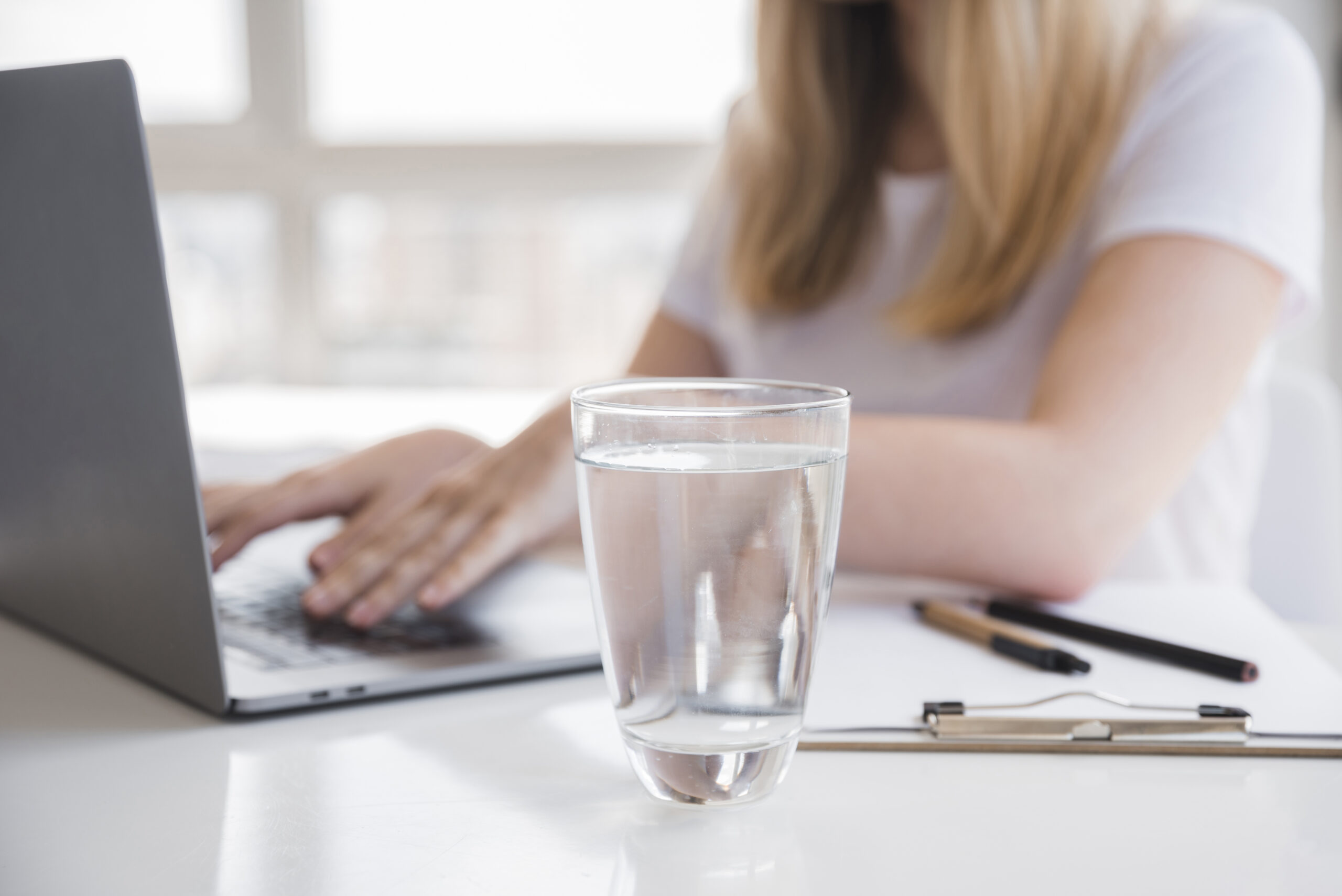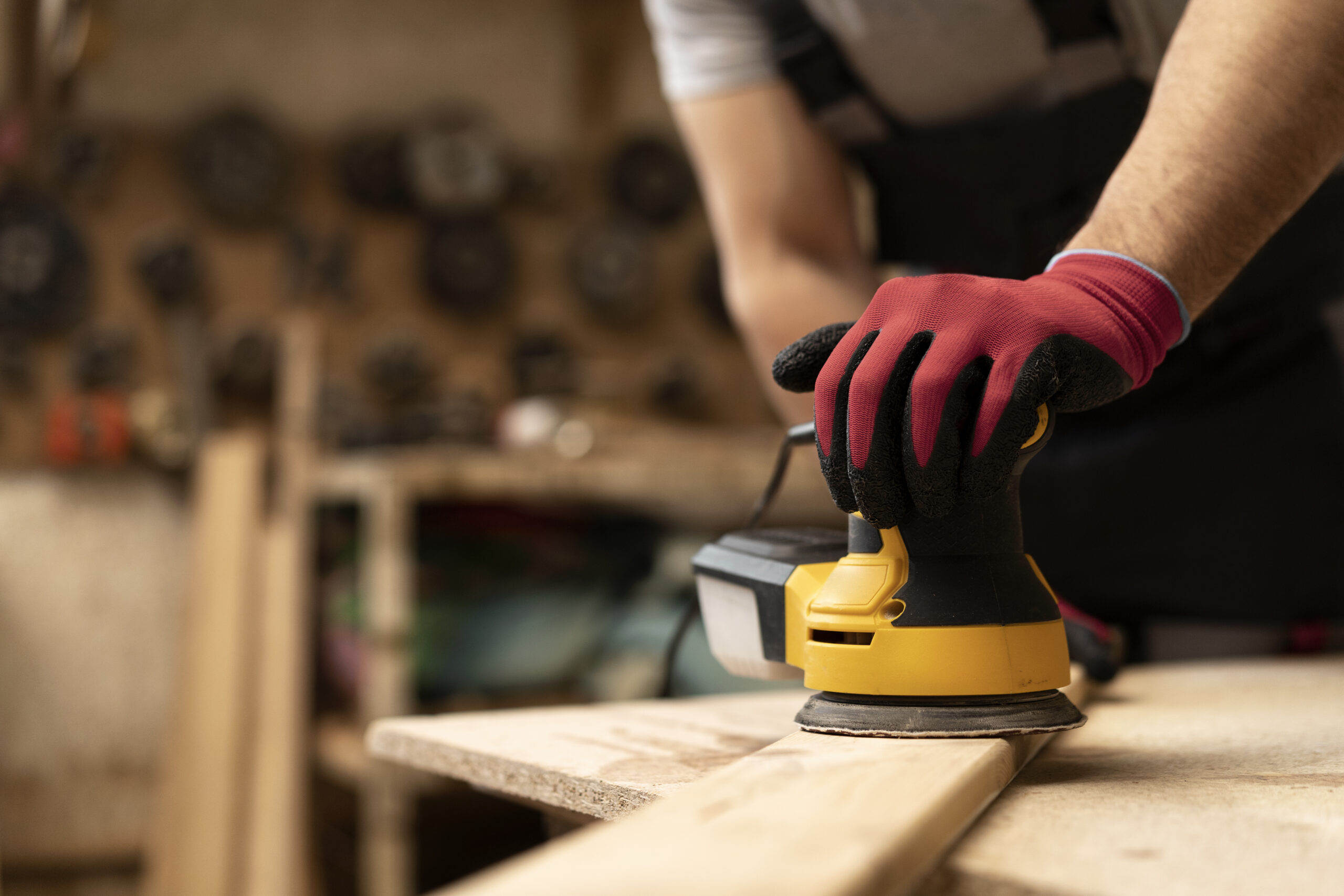How Much Is a Cup of Water? A Complete Measurement Guide

Measuring liquids may seem like a simple task, but ask anyone who cooks, bakes, or tracks hydration regularly, and they’ll tell you — understanding exactly how much is in “a cup of water” can get surprisingly complicated. Different countries use different standards, and even in the same country, confusion can arise from using mugs, glasses, or inconsistent measuring tools.
In this guide, we’ll break down what a “cup of water” means, how the volume changes depending on your location, and why this matters for health, cooking, and science. Whether you’re a student, home chef, or fitness enthusiast, this article is for you.
🧪 What Does “One Cup” Mean?
A cup is a unit of volume used in everyday measurements. It’s commonly seen in cooking instructions and hydration recommendations. But the actual amount a cup holds depends on the measurement system in use.
Here’s how different parts of the world define a cup:
| Region | Standard Cup Size |
|---|---|
| United States | 240 milliliters (ml) |
| Canada | 250 ml (metric cup) |
| United Kingdom | 284 ml (imperial cup) |
| Japan | 200 ml |
| Australia | 250 ml |
| South Korea | 200 ml |
So, if a recipe says “add one cup of water,” the amount can vary by as much as 40 to 80 ml, depending on where you’re located.
🔄 U.S. Cup Conversions (Common Kitchen Use)
In the United States, a cup is usually equal to 8 fluid ounces, which is also:
- 240 ml
- 0.24 liters
- 16 tablespoons
- 48 teaspoons
Knowing these conversions is helpful when measuring without a standard cup. For example, if you don’t have a measuring cup but you have a tablespoon, you can still measure water accurately by using 16 tablespoons.
💧 Why Measuring Water Correctly Is Important
It’s easy to think, “Close enough is good enough,” but accurate measurement can make a real difference — especially in the following areas:
1. Cooking and Baking
Water affects how ingredients behave. In baking, for instance, too much water can make dough soggy, while too little can lead to dryness. Precision is key to achieving consistent and tasty results.
2. Hydration Goals
Nutrition experts often recommend drinking a specific number of cups of water daily. If you’re tracking your intake using an inaccurate cup (say, a coffee mug that holds 12 oz instead of 8), you could be under- or over-estimating.
3. Science and Education
In labs, classrooms, or health settings, exact liquid measurements can affect experiments, medication doses, or test results. That’s why scientists and doctors use standard units like milliliters or liters.
🧠 Common Questions About a Cup of Water
Let’s clear up some frequently asked questions:
❓ How many milliliters in a cup of water?
- In the U.S., it’s 240 ml.
- In Canada or Australia, it’s 250 ml.
- In the UK, it’s 284 ml.
❓ Is a cup of water the same as a cup of milk or oil?
In volume, yes. But weight differs because water, milk, and oil have different densities. So 1 cup of water and 1 cup of oil don’t weigh the same.
❓ How many cups are there in a liter of water?
There are about 4.17 U.S. cups in 1 liter (1000 ml ÷ 240 ml).
❓ How much is half a cup?
Half of a standard U.S. cup = 4 oz = 120 ml
👀 Tips for Measuring a Cup of Water Properly
If you want to get the most accurate result, follow these easy steps:
- Use a transparent measuring cup with markings in ml and oz.
- Place it on a flat surface like a countertop.
- Check the measurement at eye level, not from above or below.
- Avoid using random mugs or glasses, as their sizes vary widely.
- Clean and dry the cup before use to avoid mixing with other ingredients.
🌍 Real-Life Examples Where Cup Measurement Matters
🧁 In the Kitchen
You’re following a recipe for muffins that calls for 1 cup of water. If you use a coffee mug that holds 12 oz instead of 8 oz, your batter will be too watery and your muffins may not rise properly.
🏋️ Health & Fitness
You’re tracking your daily water intake and aiming for 8 cups a day. If you’re unknowingly using a large cup, you might think you’re drinking enough when you’re not — or vice versa.
🧪 In a School Science Experiment
You’re testing plant growth with different water levels. Using an inaccurate “cup” could completely change your results.
📸 What Does a Standard Cup of Water Look Like?
Most standard measuring cups used in the U.S. are clear plastic or glass with bold markings. When filled to the 8 oz line (240 ml), that’s one U.S. cup.
You can even compare it visually:
- A tall glass often holds 1.5 to 2 cups
- A typical teacup may hold 3/4 cup to 1 cup
- Coffee mugs usually hold 10 to 12 oz, so don’t assume it’s one cup!
📌 Summary: What You Need to Remember
- In the U.S., 1 cup of water = 8 fluid ounces = 240 ml
- Other countries use different definitions — don’t assume “1 cup” is universal
- Measuring water correctly is crucial for cooking, hydration, and science
- Always use proper tools and check measurements from eye level
- One liter = just over 4 U.S. cups of water
Whether you’re following a recipe, staying hydrated, or doing a science project, knowing exactly how much is a cup of water helps you get better results. Stick to standard tools and stay consistent with your measurement system, and you’ll never have to second-guess a cup again.




